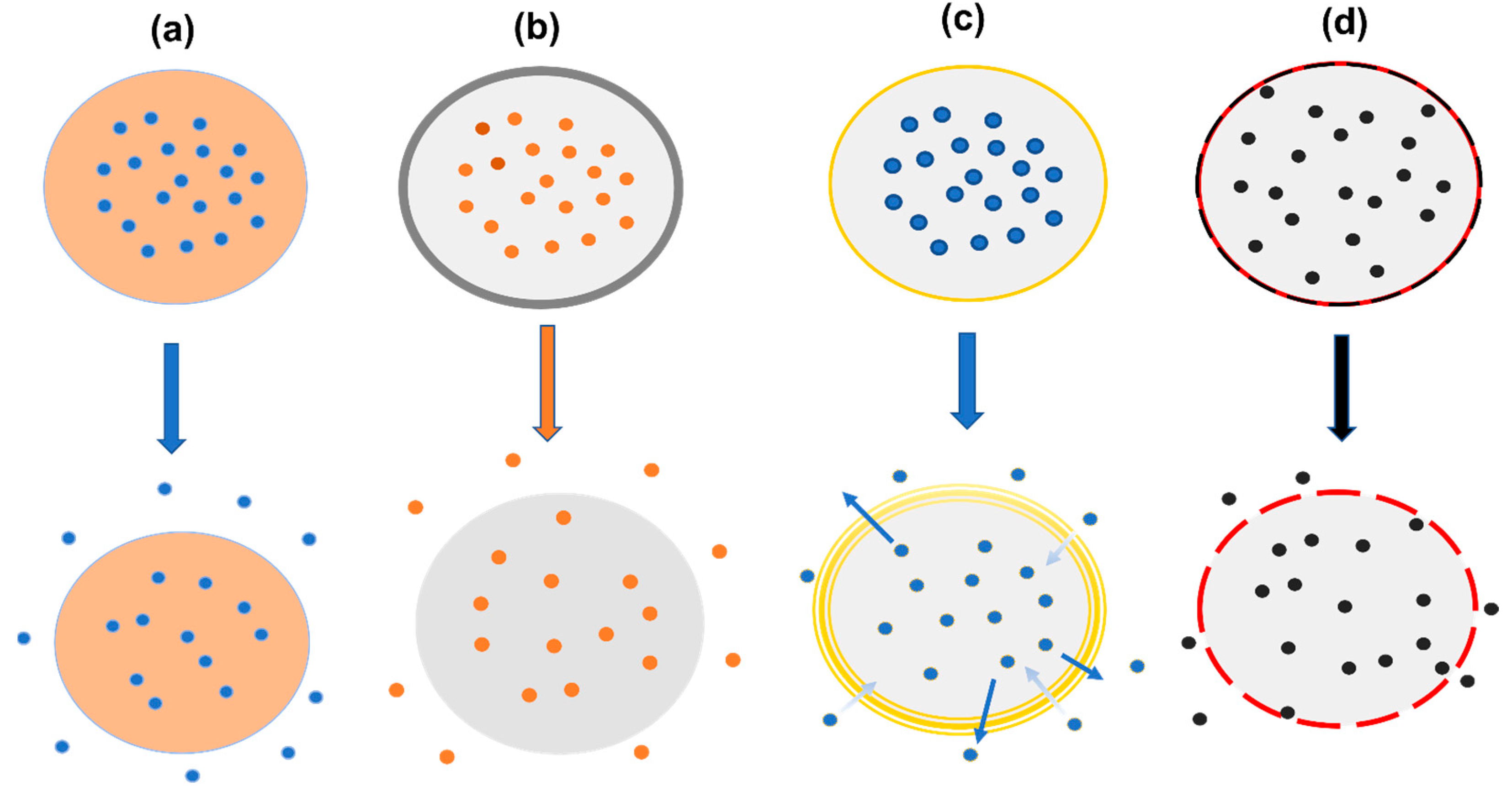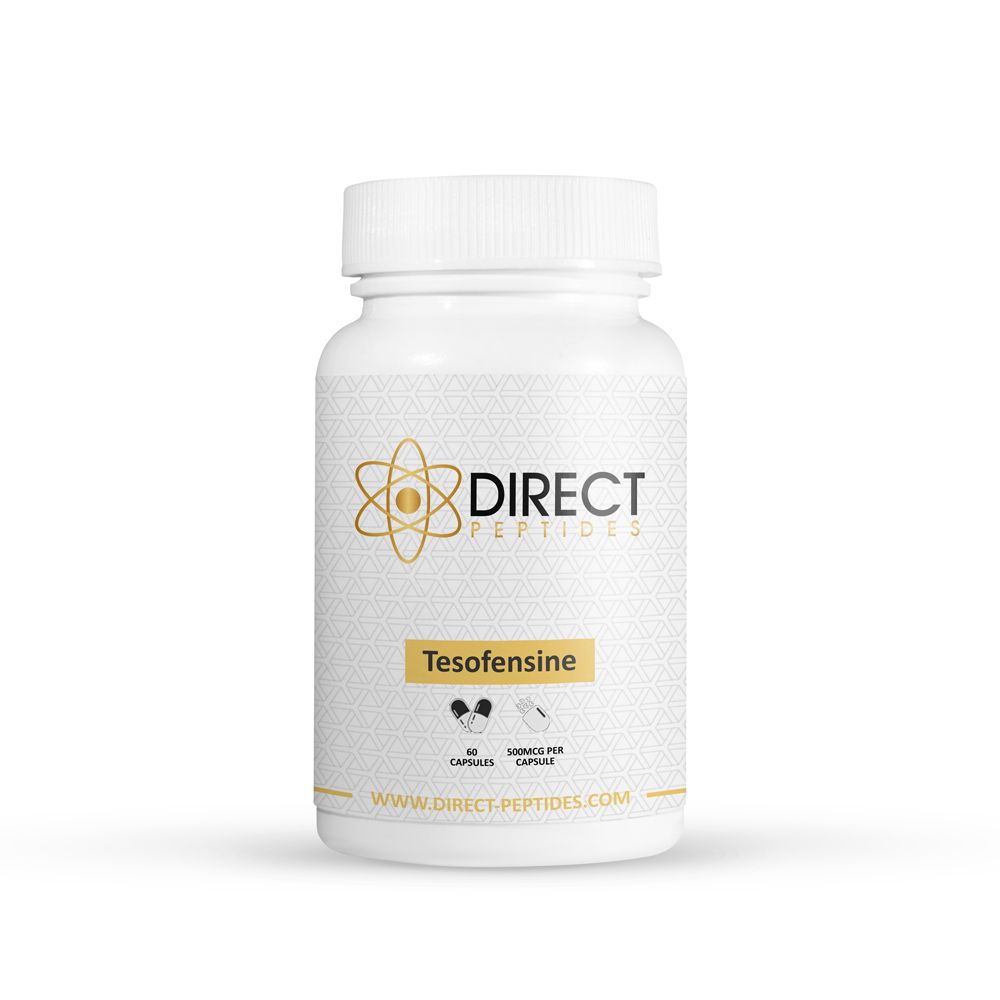
September 5, 2024
Tesofensine An Overview
Tesofensine, A Novel Antiobesity Drug, Silences Gabaergic Hypothalamic Neurons Pmc The violent possibility of amphetamines prompted the pharmaceutical sector to develop architectural derivatives with the objective of decreasing the dopaminergic result and the danger of adaptation (31 ). Numerous amphetamine congeners were created and taken into medical use, some of them with tragic outcomes. Aminorex, phenylpropanolamine, and phenmetrazine have been withdrawn from the marketplace because of serious unfavorable impacts (Table 1). Currently, 4 amphetamine Extra resources congeners-- phendimetrazine, diethylpropion, phentermine, and benzphetamine-- are authorized for the therapy of excessive weight (Table 2).Pharmacotherapy Of Weight Problems: An Upgrade
We optogenetically promoted LH GABAergic nerve cells in an open loophole optogenetic stimulation standard and determined sucrose consumption by consuming via a sipper filled with sucrose (Fig 5B). As the psychiatric side-effects of CB1 receptor antagonists appear to be mechanism based it remains to be seen whether the objective of retaining weight management effectiveness with a lowered threat of psychological side-effects can be achieved. While monogenetic types of obesity might typically entail anomalies in leptin melanocortin signaling, they remain unusual and insignificant for the general majority of obese people. These individuals have high leptin degrees however show leptin resistance, i.e., a family member inability of endogenous leptin or exogenous recombinant leptin to lower food consumption and body weight. Molecular underpinnings for the insensitivity toward leptin action are not completely recognized and require additional investigation. Impaired leptin transportation, LepR trafficking, and leptin comments signaling have actually been discussed (84 ), but extra recent reports discovered little evidence for alarmed transportation or signaling (85) and suggest fully undamaged CNS leptin activity also in a state of diet-induced obesity (86 ).Is tesofensine a GLP-1?
A number of anti-obesity medications that target GLP-1 receptors have lately concerned the market. Below, we define the impacts of tesofensine, an unique anti-obesity drug that works as a triple monoamine natural chemical reuptake inhibitor.

1 Hypothalamic Control Of Energy Law And Cravings
Therefore, the advancement of unique, brain-penetrative, tiny particle, substances to block its actions was a scientifically rational technique to anti-obesity drug therapy that has actually been checked out both preclinically and scientifically (Kamiji and Inui, 2007). However, the pharmacology of NPY is complex and it applies its actions in mammalian types using 6 distinct receptor subtypes (Y1-- Y6) (Beck, 2006; Kamiji and Inui, 2007). Moreover, there has actually been some difference regarding which NPY receptor is one of the most ideal prospect for the growth of unique antagonists with Y1 and Y5 subtypes being one of the most favoured (Beck, 2006). Based on this proof, it shows up that the skeptical sight concerning the practicality of the Y5 receptor as an anti-obesity medicine target was correct. The Y1 receptor was thought to be a much more pertinent target for development and different powerful Y1 receptor villains have been reported to inhibit food intake (Kamiji and Inui, 2007). The cells most associated with thermogenesis are skeletal muscular tissue and fat, most significantly brown adipose tissue. Power derived from nutritional substratums is caught by TCA-mediated catabolism in the mitochondria in association with an electron transport chain leading to ATP synthesis257. UCP1, local in the inner mitochondrial membrane layer of brownish and off-white adipocytes, catalyses the transport of protons across the mitochondrial membrane and, therefore, generates mitochondrial uncoupling of oxygen usage from ATP synthesis258,259. Pharmacologically, UCP1 activity can be induced by catecholamines with succeeding activation of β3-adrenergic receptors of brown adipose tissue257. Thyroid hormonal agent (T3) is an endogenous entity with uncoupling capability mediated by a number of various mechanisms260.- In 2017, bupropion, which chemically resembles the amphetamine derivative diethylpropion, was approved for weight loss in mix with the μ/ κ-opioid receptor villain naltrexone (ref. 44, Table 2, and Figure 3).
- Lorcaserin, a discerning 5-HT2C receptor agonist( 15-fold and 100-fold selectivity over the 5-HT2A and5-HT2C receptors, specifically) was authorized in 2012 [70]
- On the other hand, in computer mice, the activation of LH glutamatergic nerve cells hinders food intake, while their inhibition promotes food consumption [10]
- The comparative efficiency of liraglutide was reviewed above and listed below aBMI of 35kg/m2 and located that liraglutide done similarly well inboth courses of excessive weight [99]
- The weight-losses were mediated by a discerning decrease in adiposity along with increased insulin sensitivity, but plasma lipid profiles were not altered (Thomas et al., 2006).

Social Links